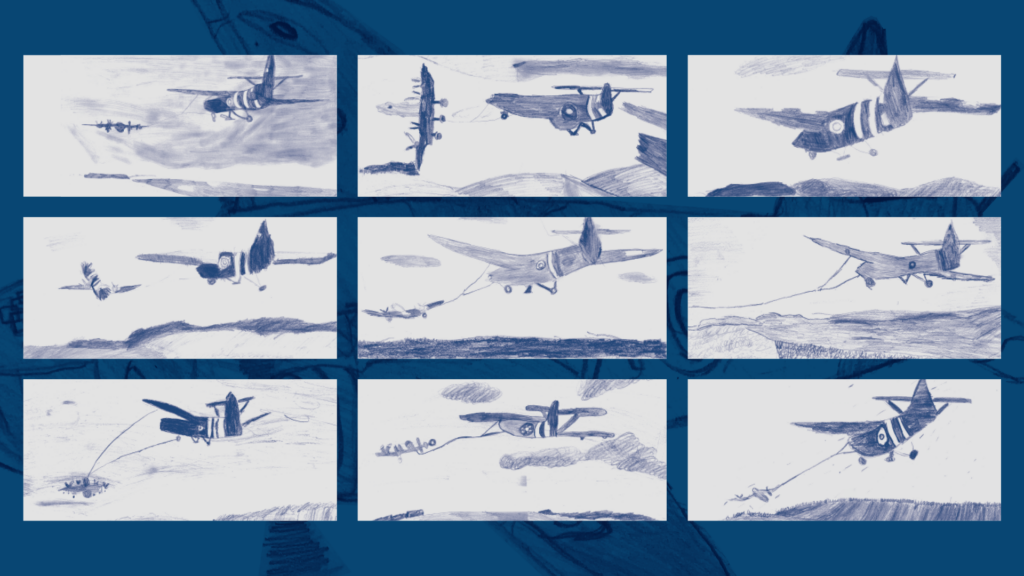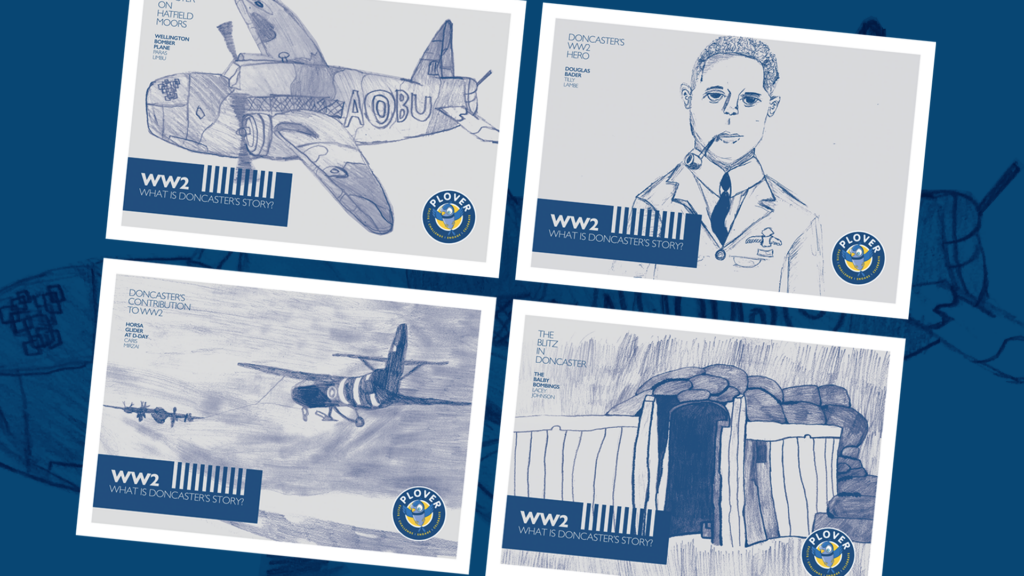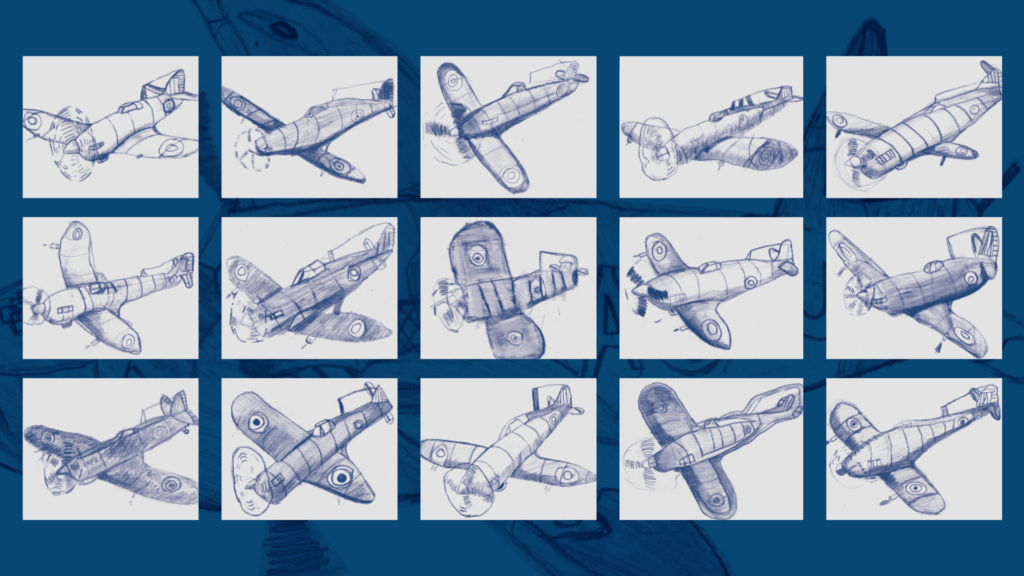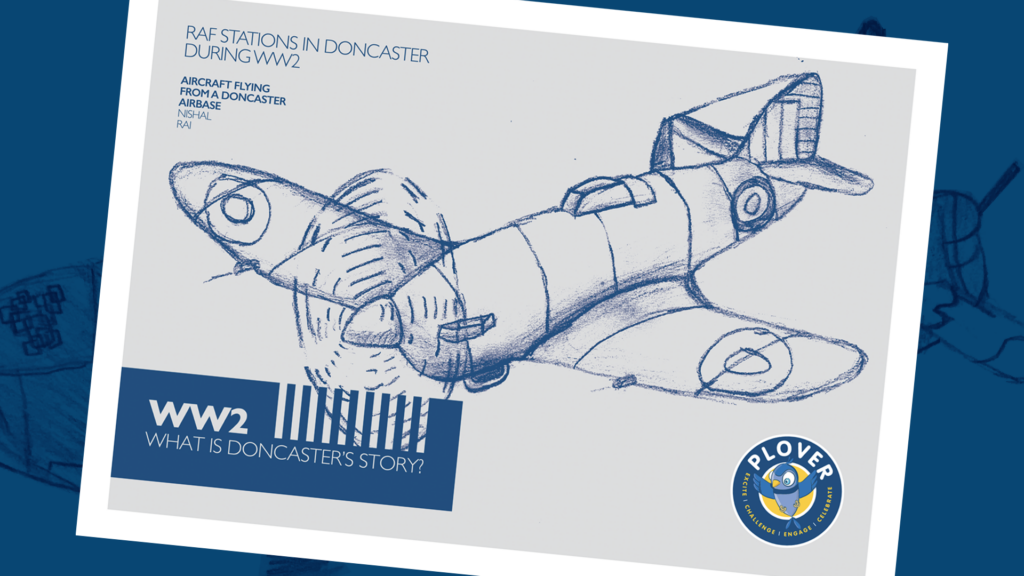GQ: How do animals adapt to their habitats?
Expedition lead: T. Ferguson
Curriculum: Geography, Science, Art and English
Phase/Year group: Primary, KS1
Delivery date: Summer 2020
We started our learning journey with an exciting hook morning, whereby we grabbed our ticket to the world and set off on a once in a lifetime journey via aeroplane to some exciting unknown destinations.
As we arrived at each destination, we had to use our inference skills to begin to work out where we were. We had lots of clues to help us to figure out where we were and had to answer questions such as ‘where do you think we are?’ and ‘How do you know?’
After our hook day, our Teachers shared our guiding question and we set to work. We started off with our Geography Case Study, this meant that to begin with we were Geographers!
As Geographers, we got to grips with where in the world we live, focussing on using Geography specific language including village, town and city. Once we had recapped where we lived using maps, we then investigated the countries in the United Kingdom. We then progressed into looking at the countries that make up the continent in which we live – Europe. Following this, we started to use globes and world maps to explore other continents around the world and Year 2 pupils started to name some of the oceans in the world too. Finally, we explored the concept of the ‘equator’ and how this affects our climate around the world.
Next we moved onto our second case study- Science! Firstly Geographers and then Scientists; we had so much to cover in this expedition! We started off by checking our understanding of living things and non- living things and basic needs living things need to meet to stay alive. As Scientists, we then started to understand how to group animals using scientific language such as birds, reptiles and amphibians. We had to be able to explain why we had put each animal into each group using our Scientific knowledge. Once we had got our heads around why a mammal is a mammal and why a fish is a fish, we then started to consider what a carnivore, herbivore and omnivore was and started to apply our knowledge to different animals around the world.
Once we had acquired the Geography and Science skills we needed, we could then start to consider some of the habitats around the world in which we had explored during our hook morning right at the start; we started to really think about why animals lived in these specific habitats and why they were well suited to living here.
We started our habitat investigation close to home by focussing on some of the animals in the UK (Europe) and the habitats in which they live. We considered why they were well suited to living here, we used scientific language to describe which animal group they belonged to and discussed whether they were a carnivore, herbivore or omnivore. This helped us to understand the concept of a habitat in a context familiar to us. We focussed in on the sheep, the cow and the duck. Once we had considered why they were well suited to living in the countryside, we then started to look at what they like to eat. We started to look at food chains and used language such as predator and consumer.
Once we had learned a little bit about these three animals and why they live in the UK countryside, we had a video call from our first expert- someone who has first hand experience of working with these animals- a farmer! We were able to further develop our understanding of why the countryside is perfect for these animals and why sometimes they have to be moved into farms to be looked after.
To then show off what we had learned, we created a fact file for one of the animals. In order to do this, we had to use our newly acquired Geographical and Scientific vocabulary in addition to being Writers and Artists. We used our writing skills to show off what we had learned in Geography and Science about habitats, animals and food chains by writing informative sentences. We also used our art skills to sketch the food chains too.
Once we had applied our Geography and Science knowledge in a context close to home, it was time to move a little further afield and start to explore some other habitats around the world, recapping some of the Geography language we had learned including continents and oceans.
Year 2 started off by exploring the Arctic Circle including the Arctic Ocean and Year 1 got to work on learning about habitats in a much warmer continent, Africa.
It was at this point that our Teachers shared with us what we were going to be making as our final product for this term’s expedition! They told us that we were going to create an information board to show off our knowledge about animals and their habitats around the world and these boards were going to be placed in the Yorkshire Wildlife Park so that other members of the public could learn all about what we discovered in our expedition!
Before we found out which habitats we were going to be writing about, our Teachers hooked us into our learning again by giving us some exciting exploration activities where we had to use our senses to guess which habitat we were going to be focussing on!
We soon found out that Year 1 was going to show off what they knew about habitats in Africa and Year 2 had to share everything they had learned about why the Arctic is well suited to some animals. But, before we could show off what we knew on our fancy boards, we had to do the learning first!
We set to work on learning about each of these habitats including where in the world they were using maps and globes and started to understand how the equator affects their climate, with one being extremely cold and the other being extremely warm. We then started to use our Science skills to learn more about the animals who lived in these habitats, including which animal group they belonged to and why. We then started to focus on creating food chains for the animals we were focussing on.
To help us to fully understand why these animals lived in these specific habitats, we had another visit from an expert. This expert worked at the Yorkshire Wildlife Park, whereby our information boards were going. We came up with lots of questions to ask our expert and they were able to give us lots more information to help us to ‘get smart’.
Once we were super smart, we then started to create our information boards. We wanted to make sure that our boards were really informative but they had to look beautiful too! We had a break from being Geographers and Scientists and put on our artistic hats!
We wanted to create a border for information our boards so they would be eye-catching. Therefore, we decided that it would be a good idea to demonstrate our learning by creating animal foot prints to go around the border using a new skill – printing! We used a range of materials to create a print by carving into them, we then mixed paint, creating different colours, tones and shades by adding white and black and finally we used the two to create an effective animal footprint!
Once we had created our border, we then started to create the images to go onto the boards to show the public the animals in which we had been learning about. Year 1 used their collage skills to create their animal designs and Year 2 used their sketching skills.
Finally, once the artwork was finished, we then became writers again. We showed off our Geography and Science knowledge by writing informative sentences all about where these animals lived in the world, why they lived there, what animal group they belonged to and finally explained their specific food chain using language such as carnivore and herbivore.
Our informative writing was placed next to our stunning artwork ready to be sent off to another expert called a graphic designer, who was going to make our work really professional and make it ready to go on display in the wildlife park.
Whilst he was busy at work creating our final product, we then learned about the opposing habitat, so Year 1 investigated the Arctic habitats and Year 2 explored the African Savannah. Luckily we were already familiar with our science, geography and writing skills from our prior learning, which we combined to create beautiful pieces of work in our expedition books, giving us the opportunity to really show off what we had learned so far.
We showed off our writing skills by completing an independent piece of writing and our Teachers used a special Rubric to check in on how well we had applied our expedition learning to our work.
We then finished off learning about a further habitat in the continent of Antarctica. Phew!
In order to bring our Summer Term expeditionary learning to a close, we headed to the YWP to unveil our beautiful work to the world. We called this our Summer Term Celebration of Work!
We invited our parents and carers along to see our wonderful work in real life. We were incredibly proud of what we had achieved. Our information boards were out there in the big wide world helping others to understand about Animals and their habitats around the world.
Learning Targets
Case Study 1 – Geography
To communicate geographically:
• key physical features, including: beach, coast, forest, hill, mountain, ocean, river, soil, valley, vegetation and weather.
• key human features, including: city, town, village, factory, farm, house, office and shop.
• Use compass directions (north, south, east and west) and locational language (e.g. near and far) to describe the location of features and routes on a map.
To investigate patterns:
• Understand geographical similarities and differences through studying the human and physical geography of a small area of the United Kingdom and of a contrasting non-European country.
• Identify seasonal and daily weather patterns in the United Kingdom and the location of hot and cold areas of the world in relation to the Equator and the North and South Poles.
• Ask and answer geographical questions (such as: What is this place like? What or who will I see in this place? What do people do in this place?).
• Use world maps, atlases and globes to identify the United Kingdom and its countries, as well as the countries, continents and oceans studied.
• Use aerial images and plan perspectives to recognise landmarks and basic physical features.
• Name and locate the world’s continents and oceans.
Case Study 2 – Science
To investigate living things:
• Explore and compare the differences between things that are living, that are dead and that have never been alive.
• Identify that most living things live in habitats to which they are suited and describe how different habitats provide for the basic needs of different kinds of animals and plants and how they depend on each other.
• Describe how animals obtain their food from plants and other animals, using the idea of a simple food chain, and identify and name different sources of food.
To understand animals and humans:
• Identify and name a variety of common animals that are birds, fish, amphibians, reptiles, mammals and invertebrates.
• Identify and name a variety of common animals that are carnivores, herbivores and omnivores.
• Describe and compare the structure of a variety of common animals (birds, fish, amphibians, reptiles, mammals and invertebrates, including pets).
• Notice that animals, including humans, have offspring which grow into adults.
• Investigate and describe the basic needs of animals, including humans, for survival (water, food and air).
Case Study 3 – Art
To develop ideas:
• Respond to ideas and starting points.
• Explore ideas and collect visual information.
• Explore different methods and materials as ideas develop
To master techniques:
Add white to colours to make tints and black to colours to make tones.
• Use a combination of materials that are cut, torn and glued.
• Sort and arrange materials.
• Mix materials to create texture.
• Use a combination of shapes.
• Include lines and texture.
• Draw lines of different sizes and thickness.
• Colour (own work) neatly following the lines.
• Show pattern and texture by adding dots and lines.
• Show different tones by using coloured pencils.
• Use repeating or overlapping shapes.
• Mimic print from the environment (e.g. wallpapers).
• Use objects to create prints (e.g. fruit, vegetables or sponges).
Case Study 4 – English
Year 1 (Taken from working towards standard on KS1 TAF)
The pupil can, after discussion with the teacher:
- write sentences that are sequenced to form a short narrative (real or fictional)
- demarcate some sentences with capital letters and full stops • segment spoken words into phonemes and represent these by graphemes, spelling some words correctly and making phonetically-plausible attempts at others
- spell some common exception words*
- form lower-case letters in the correct direction, starting and finishing in the right place
- form lower-case letters of the correct size relative to one another in some of their writing
- use spacing between words.
Year 2 (Taken from working at expected standard on KS1 TAF)
The pupil can after discussion with the teacher:
- write about real events, recording these simply and clearly
- demarcate most sentences in their writing with capital letters and full stops, and use question marks correctly when required
- use present and past tense mostly correctly and consistently
- use coordination (e.g. or / and / but) and some subordination (e.g. when / if / that / because) to join clauses
- segment spoken words into phonemes and represent these by graphemes, spelling many of these words correctly and making phonetically-plausible attempts at others
- spell many common exception words*
- form capital letters and digits of the correct size, orientation and relationship to one another and to lower-case letters
- use spacing between words that reflects the size of the letters.









